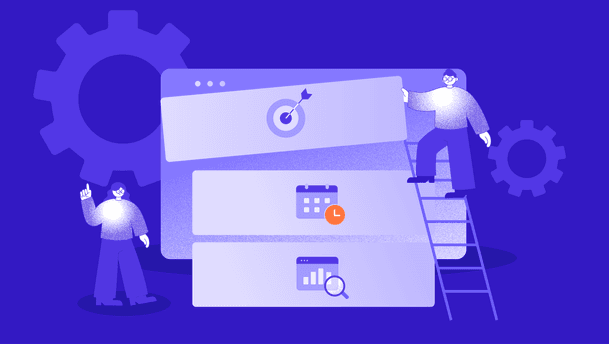Personalization is now a critical element of digital marketing, helping brands forge deeper connections with their customers. According to Forrester, 89% of digital businesses are investing in personalization, and Adobe reports that 95% of organizations plan to maintain or increase their personalization budgets over the next five years. In 2025, personalization goes far beyond addressing a customer by name—it's about predicting their needs, offering tailored solutions, and delivering meaningful, intuitive experiences.
However, achieving effective personalization in a headless environment is not without its challenges. Traditional methods often rely on multiple systems, complex integrations, and substantial investment, making them difficult to implement and maintain. This is one of the reasons we see headless CMS trends shifting toward platforms that natively support website personalization and A/B testing.
The challenge is even greater for digital agencies with limited resources or tight budgets, as managing this complexity can be overwhelming.
Gartner finds that 63% of digital marketing leaders struggle to deliver personalized experiences effectively. This difficulty often stems from relying on multiple, disconnected systems that are hard to integrate and optimize. In fact, just 1 in 5 marketers report their marketing data is fully integrated, and 30% say the tools they use don’t work well together.
So, how can agencies and organizations successfully deliver personalization without getting caught in the web of complexity, high costs, and inefficiency?

Challenge accepted 😎!






